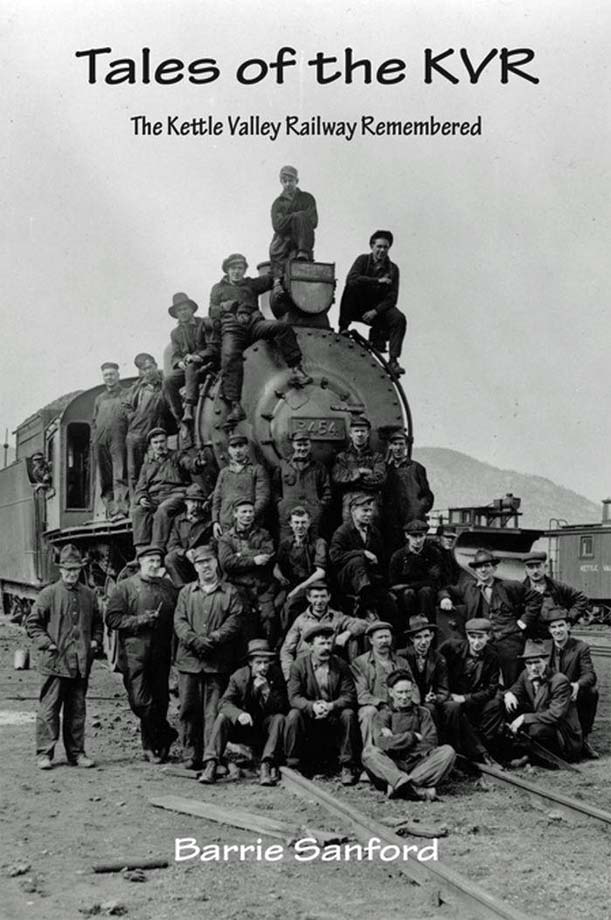
Brookmere British Columbia - Railroads changed everything.
Just as the Roman and Inca empires depended upon their purpose-built roads and trails to link far-flung imperial
holdings with the capital, the new empires of European ancestry conquest and commerce here on Turtle Island depended
upon steel rails and steam engines to open territory, bring in settlers, missionaries, and soldiers and ship out the
products of the new empire's mines, logging camps, mills, and farms.
The Kettle Valley Railroad was chartered in 1900.
The company was dissolved in 1956 and by 1989 all train service was discontinued along the line.
Barrie Sanford has spent much of his adult life researching the Kettle Valley line, which snaked through the Kootenay
Boundary and Okanagan Similkameen regions of the southern Interior.
The historian, who still lives in Brookmere, one of the ghost towns left behind when the line shut down, had already
published books and articles about the railroad when COVID lockdown sent him back to his collection of research notes
and interviews, some over 50-years-old.
From this rich store, Sanford crafted his seventh book, "Tales of the KVR", a kind of oral history of the
line and the women and men who built it and worked on it.

His pandemic project has created a wonderful collection of stories, many told in the words of the KVR's
survivors.
The oral history includes tales about business moguls like Charles Blake Gordon and the KVR's chief engineer, Andrew
McCulloch, but the real treasures to be found in this collection are the interviews with and about the women and men
who did the heavy lifting as surveyors, labourers, telegraphers, stationmen, and roundhouse crew, the folks who worked,
as one noted in his interview, "from can see in the morning to can't see at night".
Sanford's account includes female workers on the KVR, including a pioneering female civil engineer, Lota Alice Foss,
who went to work on the line in 1905.
She may have been the province's first woman to hold such a position.
During the First World War, women telegraphers, known as "lightning slingers", replaced men who went off to
war.
But working men feature in most of Sanford's interviews.
And what stories they have to tell!
Avalanches, runaway trains, back-breaking labour, and home-made entertainments are all chronicled.
Readers will have to turn elsewhere for analysis of the impacts of rail construction on indigenous peoples, who seem
largely invisible to Sanford and his interviewees.
This is, nonetheless, important history well told.
Tom Sandborn.
(likely no image with original article)
(usually because it's been seen before)
provisions in Section 29 of the
Canadian Copyright Modernization Act.

